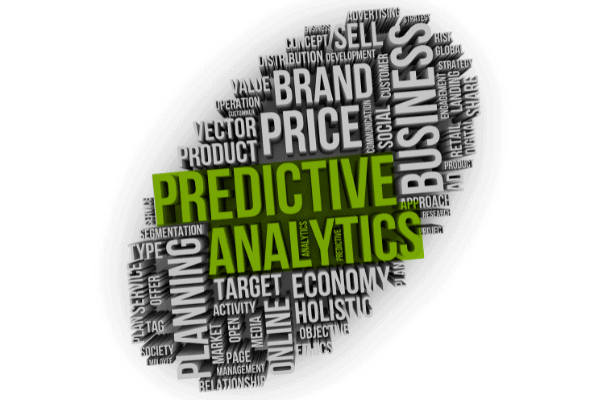Since the emergence of COVID-19, ecommerce sales have skyrocketed, hitting $82.5B in the month of May, a 77% increase over last year, rapidly accelerating digital transformation across industries. Particularly noteworthy was the growth of online food sales – a 90% increase year over year according to CoreSight Research.
This means brand manufacturers have to navigate a new world of consumer insights and demand. New demographics are buying online; two-thirds of online shoppers are now over the age of 45. Products that were previously bought in-store are now shifting online for the first time. Many brands are going Direct to Consumer, trying to cut out the retailer and creating new opportunities for one to one consumer engagement. Yet, for all of these cases, manufacturers are struggling with blind spots in the e-commerce world that affects their ability to scale quickly and get ahead of their competitors.
It’s a rabbit hole.
From understanding consumer behavior across the buying cycle (from motivation to conversion and point of purchase) to navigating brand loyalty, getting past walled gardens and the fact that products are not easily tracked across different sites because they may have different names depending on the retailer, ecommerce presents unique challenges for business leaders that know they need to play in this arena but don’t have the existing frameworks and technical capabilities to do so. As a result, they lack the ability to understand consumer sentiment and purchase intent, predict future sales, and effectively market and align messaging to consumer needs.
Recent developments in AI and advanced analytics fill in e-commerce blind spots
Recent developments in artificial intelligence and advanced analytics address these gaps. For example, Skai has deconstructed standard NLP and built it back from the ground up to be able to extract context from a whole host of external, unstructured data sources with significant accuracy. Whereas standard product clustering by retailers can achieve 80% accuracy, Skai has obtained greater than 95% accuracy rates with its unique capacity to discern products that are the same yet have different names and connect relevant consumer discussions, product reviews, ratings and related market signals to yield critical insights on product performance on line. And by connecting different data sources and reaching deep into consumer discussions, the platform is able to discern demographics and separate out ways that brands can optimize campaign and messaging across different customer segments and channels.
These successes highlight how the application of advanced analytics drives new product innovation, helps to launch products successfully online, messaging and repositioning existing products to new audiences, adapting marketing campaigns to work online and across different e-commerce channels
————————————–
*This blog post originally appeared on Signals-Analytics.com. Skai acquired Signals-Analytics in December 2020. Read the press release.





